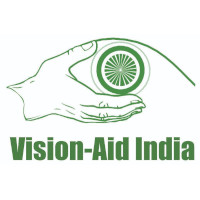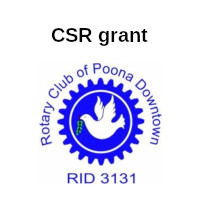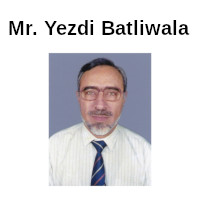Vision-Aid Centre
Address: 870/5, Bhandarkar Road, Lane no.10,
Oppo. Raviraj hotel, Trupti Apartments,
5th Floor Deccan Gymkhana,
Pune, Maharashtra 411004.
Mobile No: +91 9096800100
Email: visionaidcecf@gmail.com
Web: www.cecfindia.com,
www.visionaidindia.org,
www.visionaid.org
Partner Names of Vision-aid Centre:
1) Vision- Aid USA
2) Rotary Club of Pune Downtown pune(CSR Grant from Duroshox)- Mrs. Neeru Goel, Mr.Anil Goel
3) Manu Bhai Desai Charitable Trust
| No. | Type of Intervention | Intervention - Intend / Target Audience |
|---|---|---|
| ENABLE | ||
| 01 | Functional Vision / Early Intervention | Enable training of infants and children and their parents to improve visual processing skills including CVI (Cortical Visual Impairment) |
| 02 | Comprehensive Low Vision Evaluation | Programs include low-vision assessments, performed by optometrists with training in low vision. As an extension of the low vision evaluation program run in the centers, camps are conducted in local schools to identify potential visual impairment |
| 03 | Assistive Aids & Devices | A comprehensive range of assistive devices for both individuals with low-vision and those with total vision loss (blindness), including affordable, low-cost, hi-technology alternatives. Affordability is a key consideration |
| EDUCATE | ||
| 04 | Orientation & Mobility training | Orientation & Mobility training to help the visually impaired learn to navigate safely in challenging surroundings |
| 05 | Computer training | A range of training programs (one week to 6 months) to build proficiency in Computers skills. This includes suitable assistive technology and training in basic, intermediate and advanced computer applications like Word, Excel, Email and Internet use.
|
| 06 | Mobile Technologies | Educating and enabling use of various Apps for navigation, mobility and other functions. |
| 07 | Special Skills Training | This includes:
|
| 08 | Braille Training and Resources | Including advanced Braille devices |
| 09 | Livelihood and Employment Assistance | Including job placement assistance, job skills training, advanced training programs including computer programming, spoken English, etc. (Currently offered via both the Vision-Aid Online Academy and residential scholarship programs)
|
| 10 | Life Skills |
|
| 11 | Spoken English Training |
|
| EMPOWER | ||
| 12 | Counseling and Referral services |
|
| 13 | Advocacy & Outreach |
|
| 14 | Training and Professional Developments |
|
| 15 | Research & Development | To foster innovation in devices and services, paper publications, conferences, etc. |
| 16 | Conferences & Events | Participate in conferences to improve public awareness to Vision-Aid and expand visibility of the organization. |
Vision-aid Centre’s info
Vision Aid USA, Community Eye Care Foundation and Rotary Club of Pune Dontown have set up a low vision and rehabiliation centre at 5th floor, Trupti Apartment (Manubhai Desai Charitable Trust office) at Bhandarkar Road lane no.10
Low Vision and Rehabilitation Centre, Bhandarkar Road, Pune
The centre commenced from January 2021 in partnership with Vision Aid USA and was reinforced by a CSR grant from the Rotary Club of Poona Downtown (Duroshox CSR grant). So far the centre has examined 692 persons, LVA training was given to 245 individuals, counselling for visual impairment and rehabilitation to 474 persons. 1036 children were the beneficiaries of low vision aids, 201 of non-optical aids and 94 electronic aids were dispensed free to children. 15 schools for the blind have been regularly examined.
What Is Low Vision
The International Classification of Diseases classifies vision impairment into two groups, distance and near presenting vision impairment.
Distance vision impairment:
- Mild –visual acuity worse than 6/12 to 6/18
- Moderate –visual acuity worse than 6/18 to 6/60
- Severe –visual acuity worse than 6/60 to 3/60
- Blindness –visual acuity worse than 3/60
Near vision impairment:
- Near visual acuity worse than N6 or M.08 at 40cm.
Low vision assessment:
The purpose of low vision assessment is to assess the residual vision of the patient, correlate it with the individual’s social and emotional needs and identify the ways and means to enhance the residual vision. Functional vision is the residual vision resulting from some pathological conditions that cannot be corrected or treated which results in situations such as insufficient visual resolution, inadequate field of vision and reduced contrast sensitivity
Management
Maximize use of residual vision
- By Refractive correction
- By giving Magnification
Environmental Modifications
- Illumination and contrast
- Education and awareness
Sensory substitution
- Touch (Brail, notex)
- Hearing (audio books, talking watch )

See Tv for distance
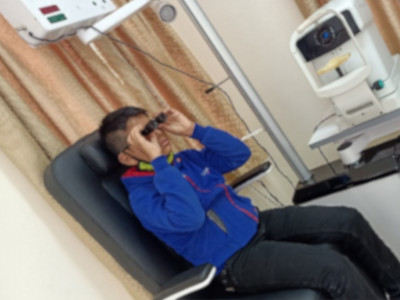
Telescope for distance vision
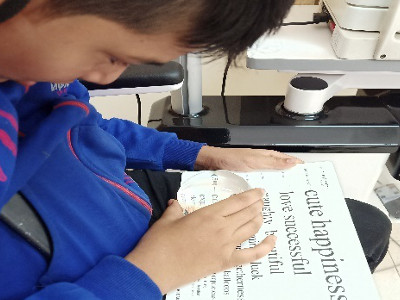
Dome magnifier for reading
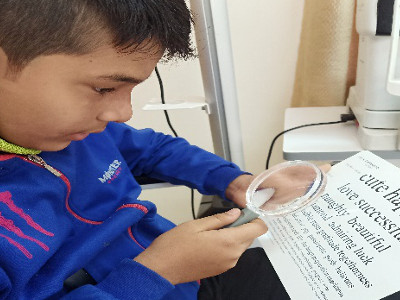
Hand magnifier for readding
Optical Devices:
Magnifying things in the distances
Telescopes are based on the principle of angular magnification. There are different types of telescopes are available like monocular and binocular telescope and bioptic telescope
Magnifying close objects and print
Hand magnifiers: They have good working distance. Accommodation is also not required.However, it is not hand-free and has smaller field of vision.
Stand magnifiers: While stand magnifiers are hand-free and are helpful in cases with tremors, they have small visual field and the reading distance is too small, resulting in bad posture.
Dome magnifier: A dome magnifier is a dome-shaped magnifying device made of glass or acrylic plastic, used to enlarge words on a page
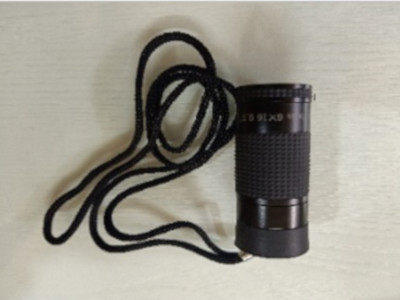
Monocular Telescope
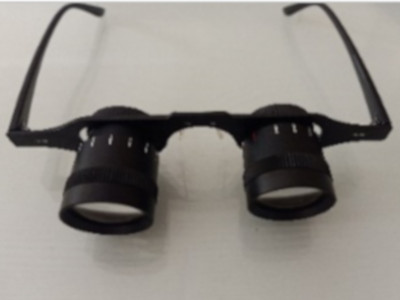
Binocular Telescope
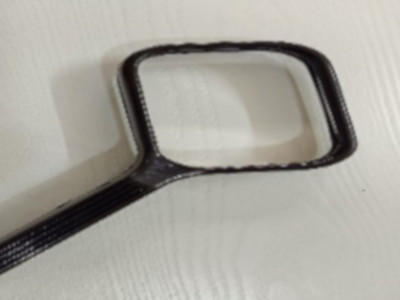
Hand Magnifier
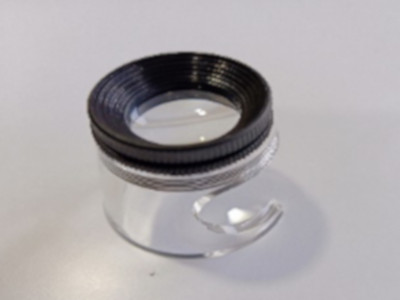
Stand Magnifier
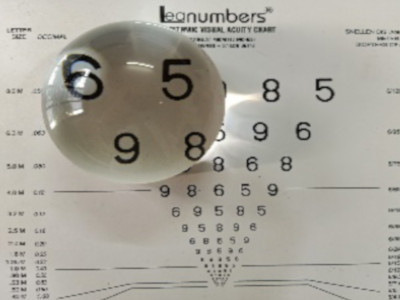
Dome Magnifier
Designed to enhance the visibility of retinal image and optimize the use of optical aids
Non-optical devices can be prescribed with or without optical visual aids.
Relative size devices
Large objects are used e.g., large print books, needle threaders, etc.

Needle Threader
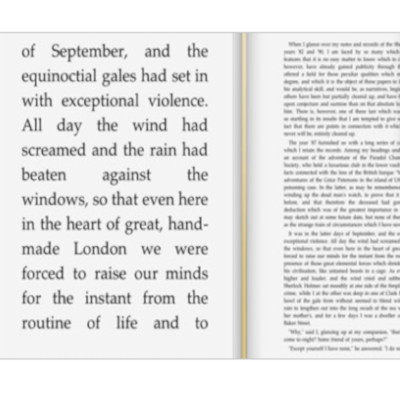
Large Print Books
Light and illumination controls glass
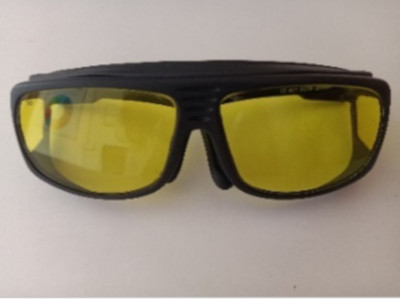
Glare Control glass
aaa
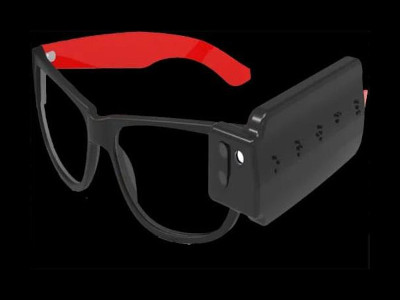
Smart Vision Aid Glass
Patients can have better vision with extra illumination

Table Lamp
Writing and communication devices: help a visually impaired person to read and write print. E.g., typoscope, writing guide,

Typoscope
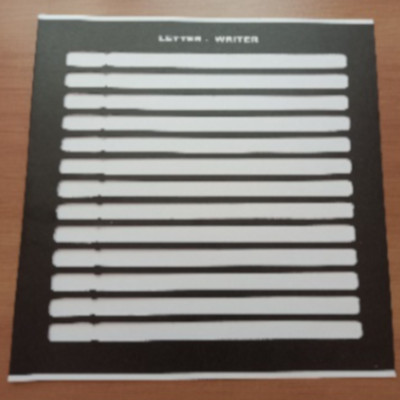
Writing guide
Assistive Technologies
Its tool that overcome the limitation of optical aid like reduction of field of view, working distance and contrast.
Near vision impairment:
- Video Magnifiers
- Computer hardware and software
- Other assistive devices for daily living like talking scales,talking glucometers and variety of other devices



Video Magnifier
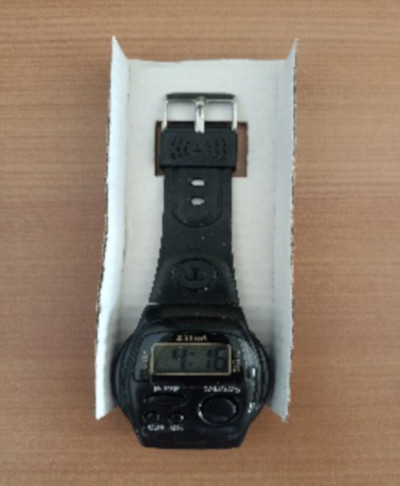
Talking Watch
Smart Vision Device
Smart Vision Device is a wearable device for the blind/visually impaired incorporating Artificial Intelligence, Machine Vision and Machine Learning. It is a Virtual guide to the blind & improves their ability to navigate

Rehabilitation
Rehabilitation is aimed at giving psychological counseling, career guidance, independence in daily activities and teaching orientation and mobility. It also aims at providing skilled training such as computers, Braille, training writing and English-speaking skills and home management.
Treatment of patients with low vision is not the job of a single specialty; it is a joint effort between ophthalmologists, optometrists, low vision aid specialists and rehabilitation experts and most importantly, the patient and his family.
Most people have problems coping with vision loss and some may need psychological counseling. They go through the five stages of coping, denial, anger, barter, depression and acceptance. Those in the working age group may need career counseling to adjust in their respective professions or choose an entirely different one. People of all age groups may need mobility training in the form of ‘white cane training’, guide dogs and mobile phone applications to retain their independence of movement.
- Rehabilitation – a possibility
- Not all people with blindness have absolute blindness.
- Many have some residual vision.
- There is an increasing awareness to provide print education to these people.
- For people with some residual vision, low vision services play a vital role.
- Greatly improves their chances of gainful employment
- Increased participation in social and educational environment
- Low vision services have an important role in visual assessment, provision of aids and making appropriate recommendations in respect of the person’s visual environment.
- Goal of Vision Rehabilitation
- To maximize function
- Enhance the patient potentials and increase their independence
- Improve quality life
will be providing following Service
- Comprehensive low vision Evolution
- Assistive Aids and devices
- Computer Training
- Mobile Technology
HOW TO CONTACT
A Base Clinic :It will function at the Manubhai Desai Charitable Trust office at
Address
870/5 Bhandarkar Road,
lane no 10 ,
Pune - 411004.
Mob No 9096800100,
Email ID: visionaidcecf@gmail.com,
Web: cecfindia.com.
To conduct training programme depending upon need of the patient. These programmes will be conducted by the experts in respective fields by appointments.
Vision Aid Centre’s Photos
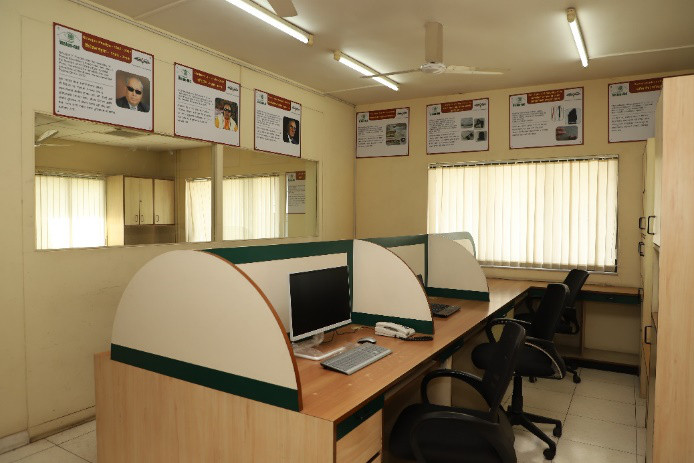
Computer room for training
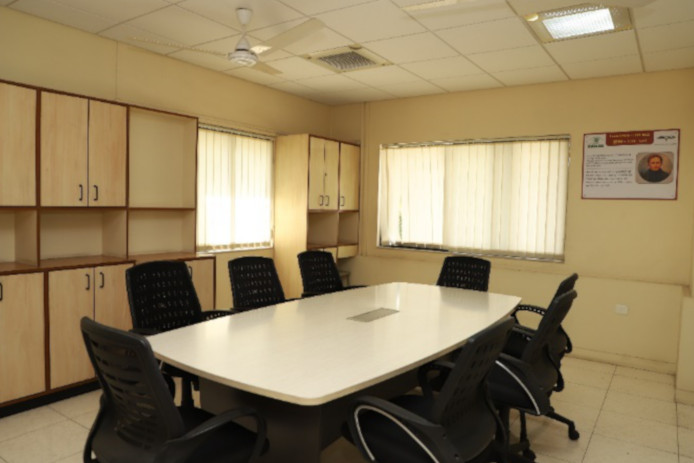
Conference room for other trainings
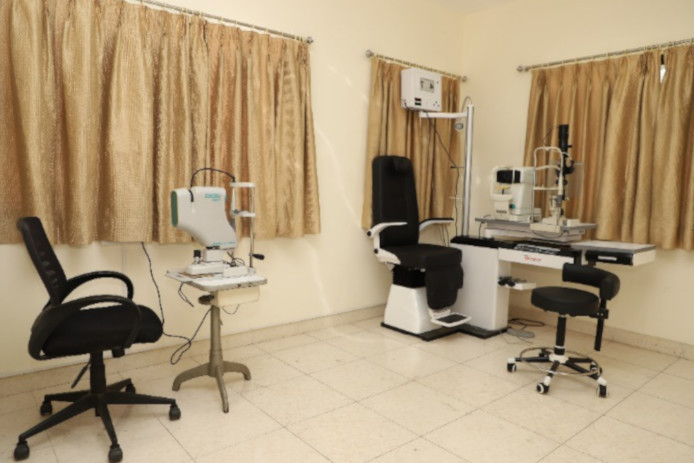
Examination room
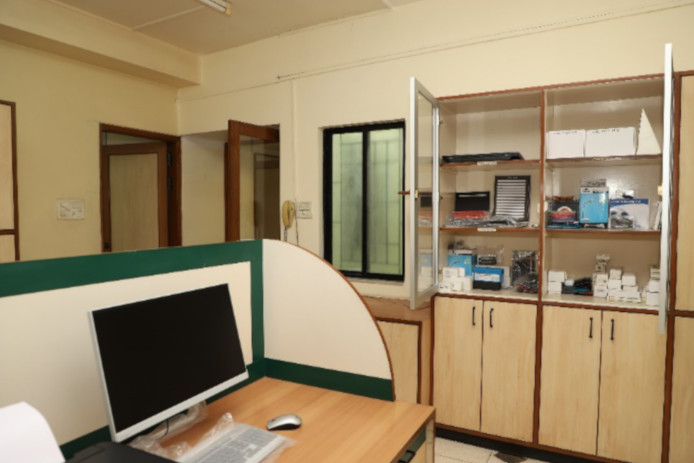
Low Vision devices
Annual eye check up program for the blind
For past 20 years we
at Community Eye care Foundation are working for visually impaired. Comprehensive ocular examination with free
dispensing of spectacles and low vision devices has been done since 2012 for those who improved with aids.
Along with school going visually
impaired children, CECF also works for college going visually impaired children, for further education and
rehabilitation services like computer training.
Orientation programs for low vision and rehabilitation
Hands on training of low vision aids, including optical, non optical and electronic devices and an orientation program was conducted for
Ophthalmologists, optometrists and other eye hospital staff. We have covered 16 eye hospitals from Pune and trained more than 200
professionals from these hospitals . The session also covered the mobility training and demonstration of ‘How to serve cup of tea, water and
food’ to the blind and a sensitization session.
Annual Report The annual report of low vision and rehabilitation project done under Rotary CSR grant of
Rotary Club of Pune Downtown thanks to Duroshox at Bhandarkar road Pune
|
||||
|---|---|---|---|---|
| Total patients of low vision screened | 2184 | |||
| Total LVA beneficiaries | 1182 | |||
| Total smart phones distributed and training given | 66 | |||
| Total number of optical devices dispensed | 459 | |||
| Total number of non-optical devices dispensed | 212 | |||
| Total video magnifier dispensed | 81 | |||
| Smart vision glasses distributed | 7 | |||
| Total devices dispensed | 818 | |||
| Education + Counselling | 511 | |||
| Total Beneficiaries for Computer Training | 5 | |||
| Total number of schools for blind screened in western and Southern Maharashtra | 14 | |||
Vision Aid Center Photo Gallery
-

Low vision Aid Training
-

Eye Screening Camp at Dnyan Prabodhan Bhavan Blind School, Kolhapur
-

Low vision screening campaign southern maharashtra
-

Eye Screening Camp at Dnyan Prabodhan Bhavan Blind School, Kolhapur
-

Orientation Lecture
-

Caps distribution
-

Cane distribution
-

Low vision aid distribution in southern Maharashtra school
-

Video magnifier distribution programme
-

Low vision orientation program Dr. Agarwal’s eye care unit
-

Low vision screening camp at Gyanjyoti Savitribai Phule Auditorium
-

Low vision screening camp at NSD industrial home for blind, Mumbai
-

Low vision orientation program was conducted at Deenanath Mangeshkar Hospital which was attended by 11 members including Ophthalmologist, Optometrists and staff
-

Low vision orientation and demonstration of low vision aids to ophthalmologists from MIMER, college and Hospital
-

Talk on low vision and eye awareness at poona school for blind boys Koregaon park, given by Dr Prathishtha Somani and M.Optom Shreya Bharekar
-

Inauguration Of Low Vision Aid Centre At The Hands Of Shri Girish Bapat Ji Bhandarkar Road, Pune
-

A continuous medical education program on Low vision Rehabilitation and its awareness, by Dr.Deepak Bagga, (Head Of Low Vision Department, LVPEI)
-

Dr Jeevan Singh Titiyal, Dr Quresh Maskati, esteemed members from Maharashtra Ophthalmology Society and Poona Ophthalmology Society, Dr Deepak Bagga ( Head Of Low Vision Department, LVPEI ), Devi Udaykumar ( Low Vision and Rehabilitation Head, Vision-Aid USA ) were the speakers and chief guests for the program
-

Devi Udaykumar ( Low Vision and Rehabilitation Head, Vision-Aid USA ), delivering lecture on Low Vision
Contact us
Contact Information
COMMUNITY EYE CARE FOUNDATION (CECF)
K-102, 1st floor,
Kumar Garima,
Tadiwala Road,
Behind Pune Railway Station,
Pune 411 001,
Maharastra, India
Phone No :
+91-(0) 20 66027227, 26059723
Email :
parikshitgogate@hotmail.com
Timings :
10 am to 7pm
Copyright © 2015. CECF All rights reserved.
Designed and developed by KAT Technologies.






